For over a decade, I’ve been advocating for the use of botanical flour blends to enhance the nutritional profile and flavour complexity of bread. These blends, developed in collaboration with Hodmedod’s British Wholefoods, offer diverse and affordable options to enrich your baking.
Making Diversity Accessible
The goal of this feature is not just to provide recommendations but to inspire an understanding of the role of fibre and diversity in bread-making. Whether you’re using premium botanical blend flour, ZOE 30+ plant supplement or scavenging your pantry for hidden treasures, the knowledge of why these additions matter can empower you to adapt and innovate within your means.
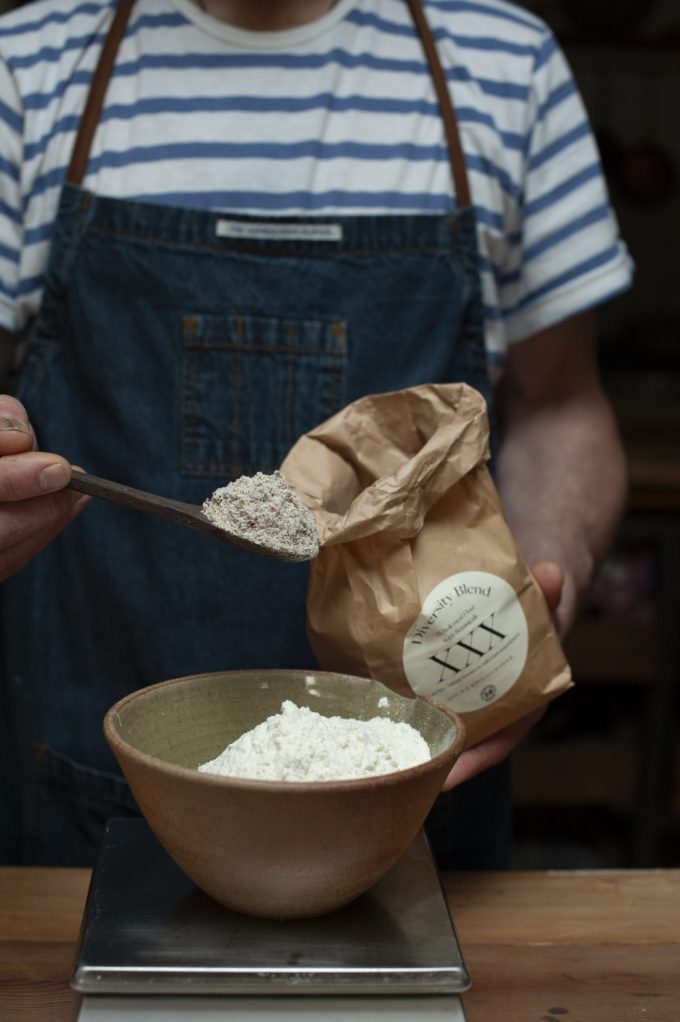
Botanical Blend Flours add diversity into your bread
1. Botanical Flour #0+ – Base Blend
This blend combines 10 grains, seeds, and pulses with nettle and seaweed, providing a versatile base that you can personalise by adding your own herbs, spices, or edible flowers. It’s a freshly stone-milled wholemeal flour, ready for use in both sweet and savoury baking.
2. Botanical Blend #2 – Meadow Mix
Inspired by the diversity of a British meadow, this blend includes 14 grains, seeds, pulses, and flours such as emmer wheat, einkorn, barley, rye, naked oats, flax, buckwheat, dried peas, poppy seeds, cornflower, mallow flowers, rose petals, oregano, and nettle. It brings a rich, floral complexity to your bread, reflecting the natural biodiversity of traditional fields.
3. Botanical Blend #3 – XXX Mix
This high polyphenol blend is designed to significantly boost the fibre and diversity of your bread. Priced at approximately £8 for a 500g bag, you only need about 100g per loaf to achieve a substantial increase in nutritional value. This makes it a cost-effective option for enhancing your baking.
Incorporating these botanical blends into your baking routine is an affordable and effective way to increase the diversity and nutritional content of your bread. Whether you choose to personalise the #0+ Base Blend, embrace the meadow-inspired complexity of Blend #2, or boost your loaf with the high polyphenol content of Blend #3, these options provide versatile solutions to suit your baking needs.
Affordable and Effective Alternatives to ZOE Daily 30+ in Bread Recipes
I also suggest using a pre-mixed supplement, and ZOE’s blend of over 30 plant-based ingredients with scientifically demonstrated benefits for gut health is an ideal addition to bread. However, its premium cost is currently at £13.50 per 450g, which can be a barrier for many. For those looking for alternatives, there are practical ways to achieve a high level of nutrition and diversity without compromising quality.
So, how can you add diversity to your bread more affordably?
Creating your own blends is often the most cost-effective solution. By purchasing seeds, spices, and other components in bulk, you can craft a mix tailored to your preferences and nutritional goals. However, making your own requires an upfront investment, storage space, and time, and you may find yourself with surplus ingredients to use before they expire (though most have a long shelf life when stored correctly).
For those who prioritise convenience, pre-mixed options like za’atar or dukkah provide a good balance between affordability and ease of use, whilst also contributing to gut diversity and flavour. Alternatively, you can extend your ZOE Daily 30+ by blending it with other affordable seed or spice mixes, ensuring you still benefit from its unique, research-backed formulation while keeping costs manageable. Below, I’ve explored various alternatives and combinations to maintain the recipe’s nutritional integrity.
Pre-Mixed Alternatives
1. Za’atar
- What It Is: A Middle Eastern blend typically containing thyme, sesame seeds, sumac, and sometimes oregano or marjoram.
- Benefits:
- High in antioxidants and polyphenols from sumac and thyme.
- Sesame seeds add fibre, healthy fats, and protein.
- Affordable and widely available.
- How to Use: Replace the weight of Zoe Daily 30+ with za’atar for a tangy, herbaceous flavour.
2. Dukkah
- What It Is: An Egyptian blend of roasted nuts (hazelnuts, almonds, or cashews), sesame seeds, coriander, cumin, and fennel.
- Benefits:
- Adds crunch, protein, and fibre.
- Spices like cumin and coriander are rich in prebiotics and antioxidants.
- It is readily available in many supermarkets or online.
- How to Use: Swap in weight-for-weight as a direct replacement or combine with a seed blend to boost diversity.
3. Seeded Spice Blends (e.g., Seeded Za’atar)
- What It Is: A blend combining za’atar or other spice mixes with additional seeds like sunflower, flax, or chia.
- Benefits:
- Ready-made diversity boost.
- Adds fibre, healthy fats, and flavour.
- Available from speciality stores, many supermarkets or online
- Can replace ZOE Daily 30+ directly in recipes.
Blending Zoe Daily with Other Mixes
For the best of all possible worlds, you can combine ZOE Daily 30+ with more affordable seed and spice blends. This approach extends the life of a single Zoe Daily packet while maintaining high diversity:
- Suggested Ratio: Mix 50% Zoe Daily 30+ with 50% of an alternative blend (e.g., za’atar, dukkah, or a DIY seed mix).
- Benefits:
- Retains the unique nutritional advantages and research-backed benefits of ZOE Daily 30+.
- Achieves a diversity score in the mid-20s to low 30s.
- Reduces cost significantly while still supporting gut health.
Example Combination:
- 50g Zoe Daily 30+ for its plant diversity and scientifically proven benefits.
- 50g DIY Seed Mix (flax, chia, sunflower, pumpkin, sesame) to add fibre, Omega-3s and texture.
- Optional Additions: 10g za’atar for tangy flavour or 5g dukkah for crunch.
DIY Seed and Spice Blends
For those willing to invest time, making your own blends offers the most control over diversity and cost. Here’s how to create a mix comparable to ZOE Daily 30+ in its nutritional and gut health impact:
Base Seeds:
- Flaxseeds
- Chia seeds
- Sunflower seeds
- Pumpkin seeds
- Hemp seeds
Spices:
- Ground coriander
- Cumin
- Fennel
- Caraway
Optional Additions:
- Dried herbs (thyme, oregano, rosemary)
- Dried cranberries or raisins (for natural sweetness and polyphenols)
- Cocoa powder or turmeric (for anti-inflammatory properties)
- Dried shitake mushrooms
Pro Tip: Toasting seeds lightly enhances flavour and makes them easier to digest. Aim for a mix of 5–10 plant types for significant gut health benefits.
Cost Comparison
- Za’atar or Dukkah (pre-mixed): Typically £2–£5 for 100g.
- DIY Seed Mix: Varies, but bulk seeds (500g–1kg bags) are affordable, often costing £1–£3 per 100g.
- Blended Approach: By mixing ZOE Daily with pre-made blends or DIY seeds, costs are significantly reduced while maintaining the diversity benefits.
The best of all possible worlds
For me, a combination of Botanical blend, the XXX in particular with the Zoe Daily 30+ remains the gold standard for bread that delivers a serious level of fibre and diversity to support gut health, due to its extensive research-backed formulation; but there are flexible and affordable ways to adapt. My work is all about empowering you to nourish through bread, and even just baking with more wholegrain and using natural fermentation is a huge step towards better gut health. Do not be put off by the cost of adding more inclusions to your bread. If you are struggling to afford any of the above options my suggestion is that you check out what you already have in your Kitchen cupboards.
Pre-mixed blends like za’atar and dukkah offer convenience, while DIY options provide control over ingredients and cost. Combining ZOE Daily with other blends extends its use, striking the perfect balance between diversity, affordability, and nutritional value. However, this is still not affordable for some, so I want to offer another alternative way to add diversity to your bread by looking at what you already have in your store cupboard or pantry.
Discovering Diversity in Your Pantry
You may already have a wealth of ingredients lurking in your cupboards that can elevate your bread’s nutritional value:
- Spices and Herbs:
- A tablespoon of fennel seeds or caraway seeds adds flavour and prebiotic fibre.
- Dried oregano or rosemary contributes polyphenols and complexity.
- A pinch of turmeric offers anti-inflammatory benefits.
- Pantry Staples:
- A tablespoon of cocoa powder not only deepens flavour but also provides antioxidants.
- Sesame, sunflower, or pumpkin seeds (often overlooked in baking) are excellent for fibre, protein, and Omega-3s.
By simply incorporating what’s already available, you can enrich your bread without additional cost.
Exploring Inexpensive Options
Visiting local Asian or Indian shops can open up a world of affordable possibilities. These shops often stock a vast array of seeds, spices, and dried herbs at significantly lower prices than supermarkets. Some of the best options include:
- Flaxseeds and Chia Seeds: Often sold in bulk and packed with fibre and healthy fats.
- Nigella Seeds or Fenugreek: Affordable and uniquely flavourful additions.
- Bulk Spices: Cumin, coriander, fennel, and cinnamon, which can all contribute both flavour and nourishment.
A Note on Disparity
It’s important to acknowledge that there is a great disparity between what is nutritionally optimal and what is financially affordable. A long time ago, I decided that this divide would never prevent me from sharing knowledge or striving to make healthy bread accessible to everyone. If the more expensive ingredients mentioned here are out of reach, don’t feel discouraged. You can still add diversity into your bread. Start small—add a tablespoon of seeds or spices. Visit an Asian grocery shop for bulk buys. Bake with what you can afford, and know that every small step toward diversity and fibre can make a profound difference to your gut health and overall well-being.
My hopes to inspire you
Nourishing bread can and should be for everyone. By incorporating even modest amounts of pantry staples or inexpensive finds, you can transform your loaf into a powerhouse of nourishment. Fibre and diversity are not reserved for the privileged—they are tools that everyone can use to build better health.
Remember, this isn’t about following recipes exactly—it’s about understanding the principles behind them and adapting them to your circumstances. The knowledge shared here is yours to take, use, and share, ensuring that nourishing bread can be accessible to all.
Whether you choose to make your own or combine pre-mixed alternatives with ZOE Daily, these solutions ensure your bread remains a powerful tool for nourishment and well-being without breaking the bank.
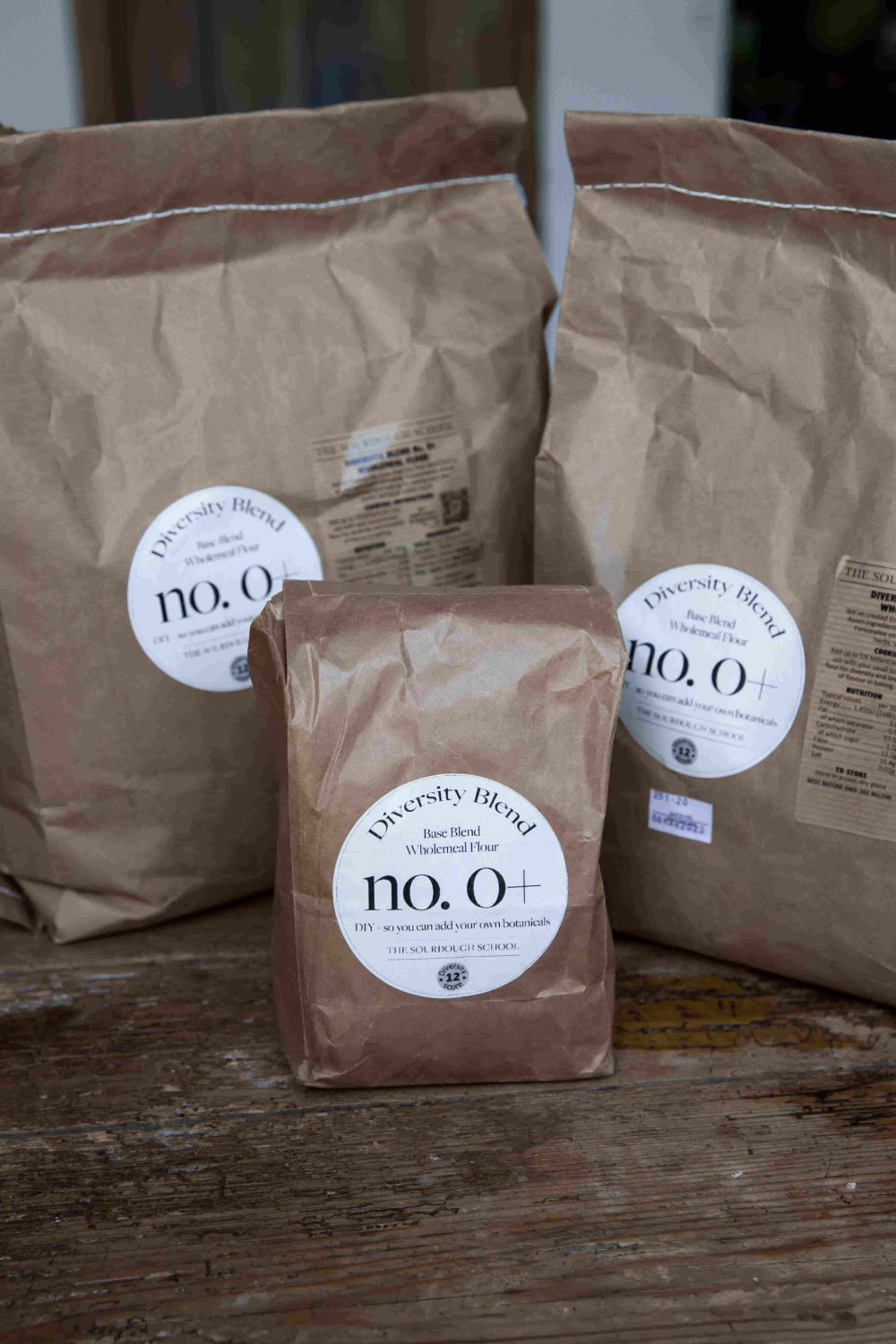
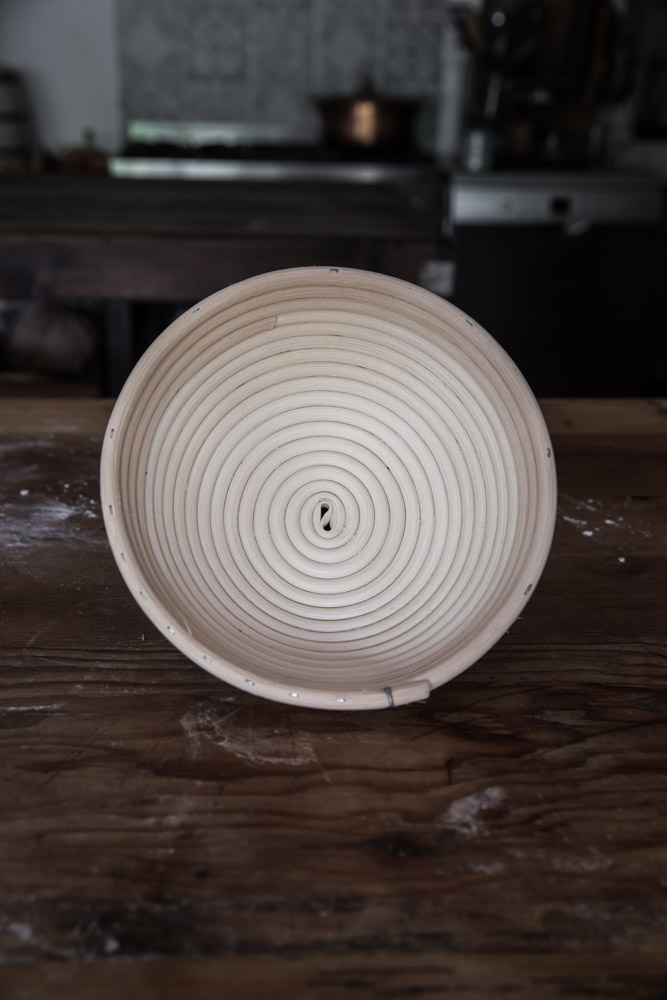
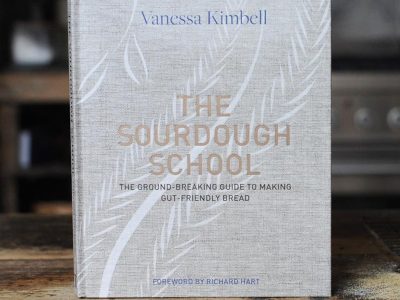
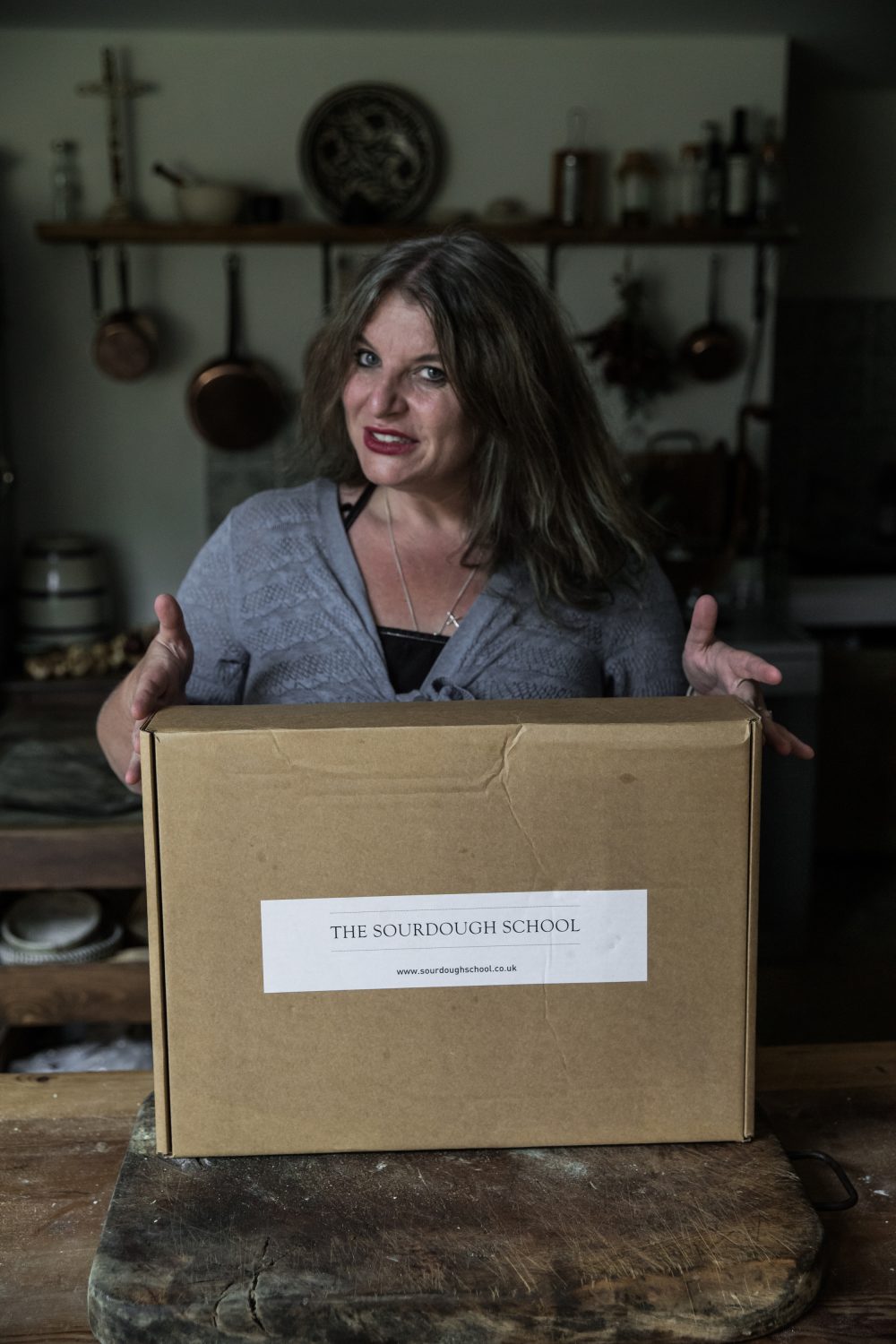
 Tim Spector’s Recipes for Gut Health from His New Book Food for Life
Tim Spector’s Recipes for Gut Health from His New Book Food for Life
Great choices & explanations of what we need to keep our microbiome healthy. I’ve been adding 12g each of chia, flax, sesame, hemp & psyllium seed (not the husk but the whole seed) to each of my loaves in addition to 25g each of sunflower & pumpkin seeds. I increase the hydration to 90% and get a surprisingly soft crumb — and that’s with using 75% freshly mock-milled grain. Following your suggestions, I will start adding herbs & my own dukkah mix to the dough as well! ?